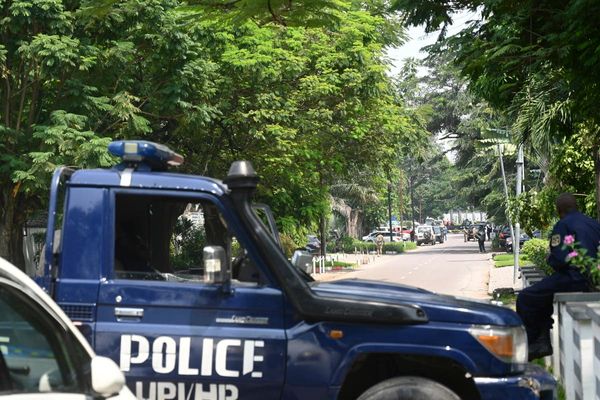
The Air Force Special Operations Command has identified the component that failed on its CV-22B Osprey aircraft, resulting in a fatal crash in Japan last November. However, the exact cause of the failure remains unknown. As a result of the crash, hundreds of Osprey aircraft in service across the Air Force, Marine Corps, and Navy have been grounded since December 6.
Two investigations are currently underway to determine the circumstances surrounding the Japan crash. A safety investigation board is conducting a privileged internal review to inform pilots and crews, while an accident investigation board is conducting the official administrative review. Both investigations are ongoing.
While the Air Force Special Operations Command has not disclosed the specifics of the material failure, it has stated that engineering testing and analysis are ongoing to determine the root cause. The command emphasized that premature disclosure of findings before the investigations are finalized would be presumptive.



The Air Force, Navy, and Marine Corps are collaborating to determine when Osprey crews can safely resume flight operations. Each service will make its own decision regarding the return to flight. The Air Force has highlighted the importance of providing comprehensive information to aircrew and maintainers to prevent future mishaps.
The CV-22 Osprey is a unique tiltrotor aircraft capable of vertical takeoff and landing like a helicopter, as well as forward flight like an airplane.
Recent reports have suggested a possible link between the crash and chipping from the Osprey's proprotor gearbox. Metal chipping from gears can generate dangerous debris that may damage engines. The gearbox has been a focus of scrutiny following previous Osprey accidents, leading to efforts to improve its design across all variants.
Chipping in the gearbox can result from factors such as inadequate lubrication or force overloads on gear teeth. The Osprey is equipped with a chip detector that alerts crews to metal fragments, prompting immediate landing procedures. While most chip warnings are harmless, they are critical for ensuring the safety of the aircraft and its occupants.
As investigations continue, the Air Force Special Operations Command is committed to understanding the root cause of the Osprey crash and implementing necessary measures to enhance the safety and reliability of the aircraft.







